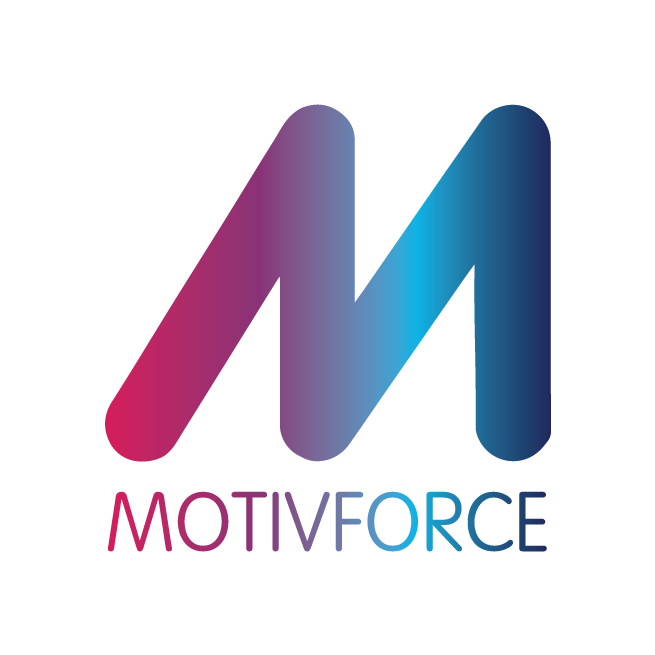Re-thinking and re-syncing loyalty marketing and increased sales
By Ko de Ruyter, Debbie Keeling and David Cox
Loyalty marketing and sales activities are inextricably intertwined. Well, that is and always has been the idea anyway. In theory, both types of strategic activity work according to the same mantra; the co-creation of a solid base of loyal and valuable customers. In reality, perhaps not so much. In this blog, we set out to offer a few do’s and don’ts on how loyalty marketers and sales managers can re-think and re-sync and avoid the dreaded co-destruction of customer value.
DON’T BE MISLED ON LEADS
Meet up and agree-to-agree to an answer to the following question: what is a lead? As part of the discussion, exchange ideas about what it is that makes a lead qualified. We have observed countless situations in which loyalty marketers and sales managers are not clear on sales leads as a result of a lack of shared understanding. We need to re-think this. Loyalty marketers are often focused on the life-time value of customers and on how they are distributed among tier levels rather than the potential of leads. This is understandable, as loyalty points and incentives are awarded on the basis of past behaviour. At the same time, sales claiming in loyalty programs is often slow to show up on c-suite dashboards. Conversely, sales reps do not always get the leads they think they deserve to meet their quarterly targets. From their point of view, this results in disappointing conversion levels, below par performance, and an increased cost of sales. Overall, and perhaps even more importantly, the net result will be decreased mutual respect. This can easily be prevented by inviting loyalty marketers to join sales target meetings and re-think, share ideas and agree on what constitutes a quality lead. After all, leads generate loyalty.
DON’T JUST TELL, SHOW
Once mutual understanding is achieved, loyalty marketers should make clear that they have the knowledge, data, and predictive tools to equip sales colleagues with validated leads and the recognition of their line manager. Why not volunteer to provide a collection of 100 validated leads from your loyalty program database and a bold return on effort and energy to sales colleagues? In addition to driving sales colleagues’ loyalty, this can be used to provide evidence on what quality leads should look like. Start sharing a platform that shows what boxes to tick for leads that result in increased performance, loyalty status and customer satisfaction. In this way, a lead scoring protocol is born. Enrich the protocol by including data on customers’ purchase decision remits, their company’s sales strategy, their decision journey, mix of touch points used across purchase cycles, depth and breadth of repeat purchasing, recency of invoices, status and sales points claimed in the loyalty programme. Make sure that sales performance can be related to ad hoc incentives (e.g., SPIFs) and campaigns. This will increase your potential to move from customer segmentation to persona development and micro-target customers and prospects for increased sales as part of a lead qualification system.
DO CO-CREATE A CUSTOMER FOCUS
The more data you collect and share, the more you know. It is important to realise that there are multiple opportunities for zooming in on your customers and re-syncing your data. CRM-type systems can complement the customer focus that emerges from loyalty and sales data bases. But try to think bigger. Your ERP and financial systems may be used to create a clearer picture that can be used in identifying your high (or low) value customers. Data from social channels will enable you to know more about your customers’ attitudes, preferences and behaviour. Commercial data suppliers, such as Dun & Bradstreet shed light on the backdrop of the competitive landscape and marketplace developments. When loyalty marketers and sales managers work together in bringing their data sources to a communal table there is the opportunity of developing a comprehensive and more informative customer focus. This can support the lead validation and certification process and it increases the effectiveness of incentive campaigns, which, in turn, contributes to that base of loyal and valuable customers.
DO LEAD ON SEAMLESS INTEGRATION BETWEEN LOYALTY AND SALES TOOLS
More often than not loyalty programs and sales departments work with siloed systems and software tools. Lead scoring and CRM nurturing functionalities are generally not well integrated. To this day in many organizations sales registration systems are not linked up with loyalty program systems and claims have to be manually entered. Or sales representatives are known for their hesitation to engage in selling of product or service innovations (especially if they have proven success in selling existing products). Loyalty marketers can offer a mix of specific online training modules with relevant content and incentive structures to overcome such barriers with a specified call-to-action, sales campaign optimization indicators, performance leader boards and projected earnings. Seamless integration of these tools is the only way to build a proactive culture of sales-readiness in your organization.
DO SUPPORT WITH INTELLIGENT WORKFLOWS
Even when loyalty and sales tools have been perfectly synced, leads may slip between the cracks. When validated loyalty program leads are flagged in timely fashion and transferred to sales support tools, but the follow-up is not actively managed, then important sales opportunities will be lost. Lead status is something that needs intensive monitoring as hot leads are time-critical and subject to competitive pressure. Intelligent workflows will assist you in missing out on those crucial opportunities. Workflows are commonly about taking ownership and engaging in follow-ups. Intelligent workflows are about syncing the input and follow up of both sales and loyalty specialists across various steps to the sale related to the customer journey. This does not only contribute to higher conversion levels, it also has a positive impact on the customer experience and, ultimately, loyalty.

